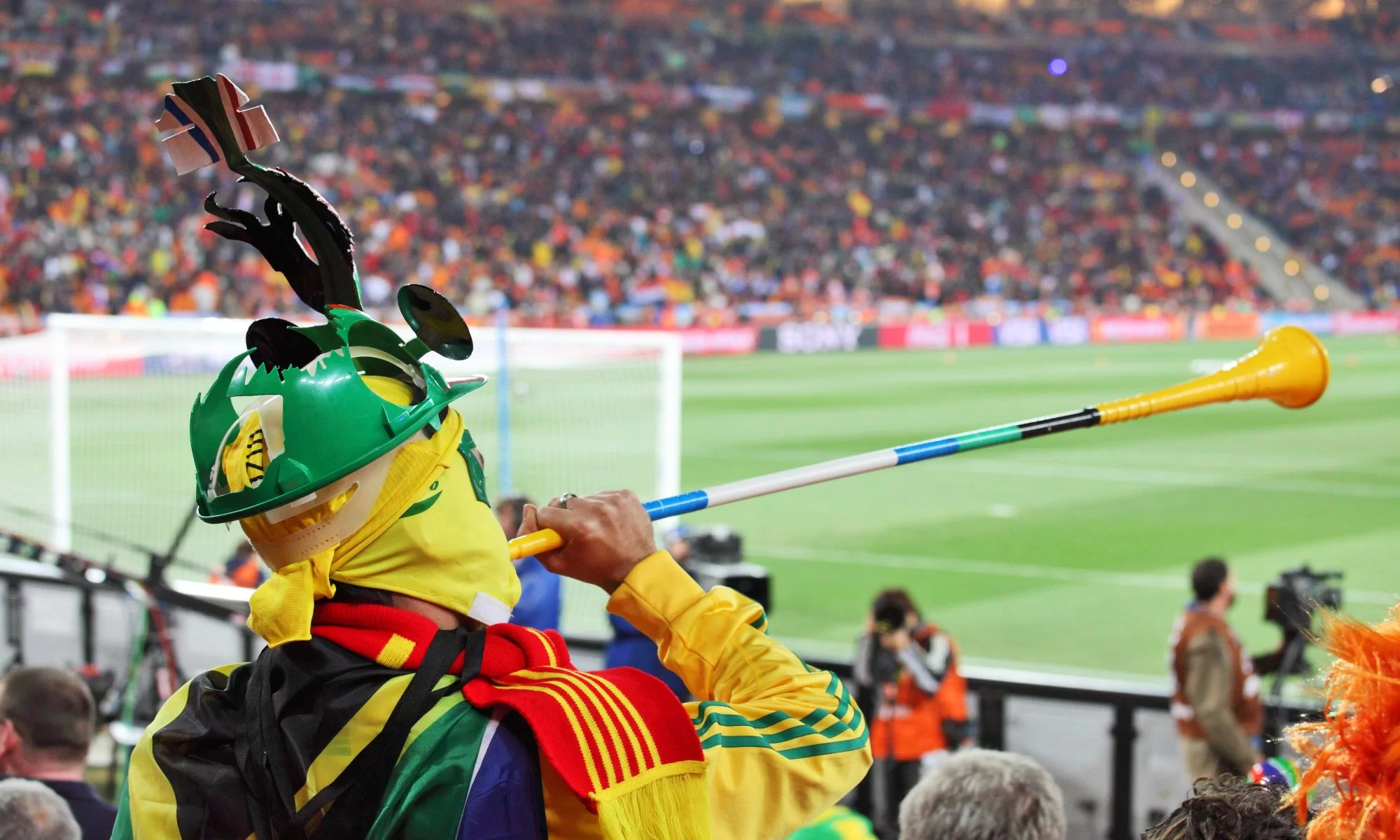amicitaacademy.com – Football, known as soccer in some countries, is the world’s most popular sport, enjoyed by millions across the globe. Governed by the Laws of the Game, football’s rules are maintained by the International Football Association Board (IFAB) and implemented by FIFA. Whether you’re a player, coach, or fan, understanding the basic rules and regulations is essential to fully appreciate the game’s structure and spirit. Below is a comprehensive guide to the key rules and regulations of football.
1. The Objective of the Game
The primary objective of football is simple: score more goals than the opposing team within the allotted time. A goal is scored when the entire ball crosses the goal line between the goalposts and beneath the crossbar.
2. Duration of the Match
A standard football match consists of:
- Two Halves of 45 Minutes Each: Totaling 90 minutes of regular play.
- Half-Time Break: 15 minutes between the two halves.
- Added Time (Injury Time): Referees can add extra time at the end of each half to account for stoppages such as injuries, substitutions, or other delays.
In knockout competitions, if the match ends in a draw, the following may apply:
- Extra Time: Two 15-minute halves played after regular time.
- Penalty Shootout: If the score remains tied after extra time, a penalty shootout determines the winner.
3. Number of Players
- Each team must have 11 players on the field, including one goalkeeper.
- A team can start with a minimum of 7 players if necessary.
- Substitutions: In most professional matches, teams are allowed up to 5 substitutions in three opportunities during regular play, with an extra substitution permitted in extra time.
4. The Field of Play
A football field must adhere to specific dimensions:
- Length: 100-110 meters (100-130 yards)
- Width: 64-75 meters (50-100 yards)
- Goal Size: 7.32 meters wide and 2.44 meters high (24 feet x 8 feet)
The field includes several key areas:
- Penalty Area: The 18-yard box where the goalkeeper can handle the ball and penalty kicks are taken.
- Goal Area: A smaller area inside the penalty box used for goal kicks.
- Center Circle: Used for kick-offs at the start of each half and after goals.
5. Kick-Off and Restarting Play
- Kick-Off: Starts the game and restarts play after a goal. The ball must move forward, and opposing players must remain outside the center circle until the ball is in play.
- Throw-In: Awarded when the ball crosses the touchline. The team that didn’t touch the ball last gets possession, and the throw must be made with both feet on the ground and both hands over the head.
- Goal Kick: Awarded to the defending team when the ball crosses the goal line without a goal being scored and was last touched by the attacking team.
- Corner Kick: Awarded to the attacking team when the ball crosses the goal line after being last touched by a defender.
6. Offside Rule
A player is in an offside position if:
- They are nearer to the opponent’s goal line than both the ball and the second-last defender when the ball is played to them.
However, a player is not offside if:
- They are in their own half.
- They receive the ball directly from a throw-in, corner kick, or goal kick.
- They are level with the second-last defender or the ball.
7. Fouls and Misconduct
A foul is committed when a player engages in unfair play, such as:
- Kicking, tripping, or pushing an opponent.
- Handball: Deliberately touching the ball with their hand or arm.
- Holding or obstructing an opponent.
Referees can take disciplinary action:
- Yellow Card: A warning for serious infringements. Two yellow cards in one match result in a red card.
- Red Card: Immediate dismissal from the match, leaving the team with one fewer player.
8. Free Kicks and Penalties
- Direct Free Kick: Can be taken directly towards the goal. Awarded for serious fouls.
- Indirect Free Kick: Must touch another player before a goal can be scored. Awarded for less serious infractions.
- Penalty Kick: Awarded when a foul occurs inside the penalty area. Taken from the penalty spot, with only the goalkeeper allowed to defend.
9. Goalkeeper Rules
- Goalkeepers can handle the ball within their penalty area but cannot hold the ball for more than six seconds.
- They cannot pick up the ball if it was deliberately kicked back by a teammate.
10. Ball In and Out of Play
- The ball is considered out of play when it completely crosses the goal line or touchline, whether on the ground or in the air.
- It is in play at all other times, including when it rebounds off the goalposts, crossbar, or referee.
11. Winning the Game
A team wins by scoring more goals than the opposing team by the end of regular time, or through extra time or penalties in the case of a draw. In league formats, matches that end in a draw award each team one point, while a win awards three points, and a loss yields none.
Conclusion
Understanding the rules and regulations of football ensures a fair, competitive, and enjoyable game for players and fans alike. Whether you’re watching a local match or the FIFA World Cup, these rules create a common framework that connects football lovers worldwide, making it the beautiful game we all cherish.






